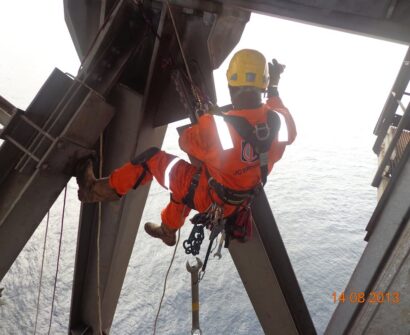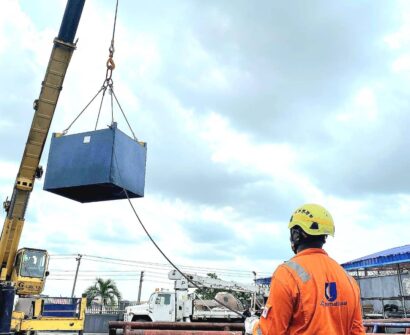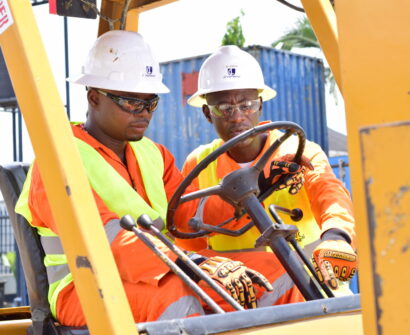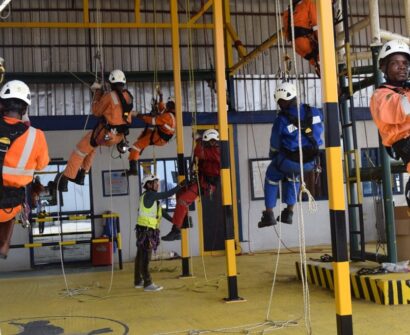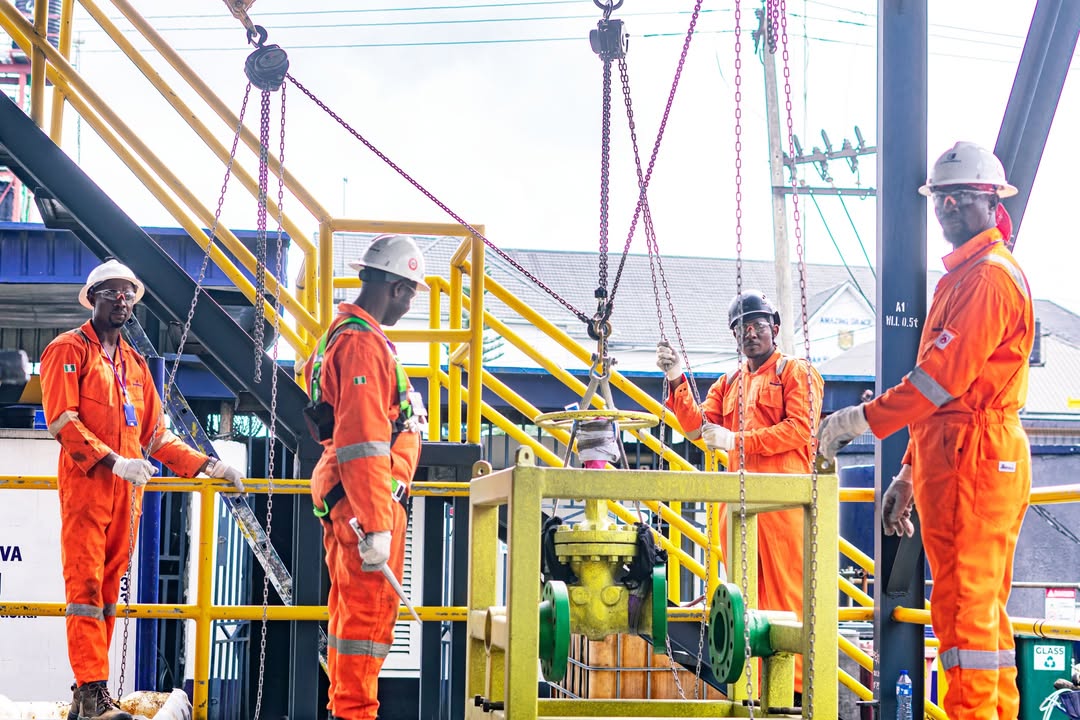
Rigging plays a crucial role in lifting operations across various industries, including oil and gas, construction, and manufacturing. However, improper rigging practices can lead to severe accidents, equipment damage, and even fatalities. Understanding the most common rigging hazards and how to prevent them is essential for ensuring workplace safety and operational efficiency.

1. Inadequate Pre-Use Inspections:
One of the leading causes of rigging failures is inadequate pre-use inspections. Rigging equipment, including slings, shackles, and hooks, is subjected to heavy loads and harsh conditions. Over time, wear and tear can compromise their integrity, making them unsafe for lifting operations. Using defective or damaged rigging equipment increases the risk of failure during operations.
Skipping or rushing through inspections increases the risk of using damaged or defective equipment, which can lead to dropped loads, equipment failure, or severe injuries.
Preventions:
- Conduct pre-use inspections for all slings, shackles, hooks, and lifting hardware.
- Look for signs of wear, corrosion, deformation, or fraying.
- Replace damaged equipment immediately and keep a record of inspections.
2. Lack of Communication and Coordination:
Poor communication during lifting operations can lead to accidents, delays, and equipment damage. Without clear signals and coordination, riggers, operators, and spotters may misinterpret actions, causing unsafe lifts.
Preventions:
- Use standardized hand signals or radio communication.
- Assign a designated signal person for each lifting operation.
- Conduct pre-lift meetings to discuss roles, potential hazards, and emergency plans.
3. Poor Load Control:
Unstable or improperly secured loads can shift, swing, or tip over, leading to accidents and damage. Poor load control often results from incorrect sling angles, unbalanced loads, or sudden movements.
Prevention:
- Conduct proper load calculations before lifting.
- Use appropriate slings and rigging hardware.
- Ensure the load is evenly distributed and properly secured before lifting.
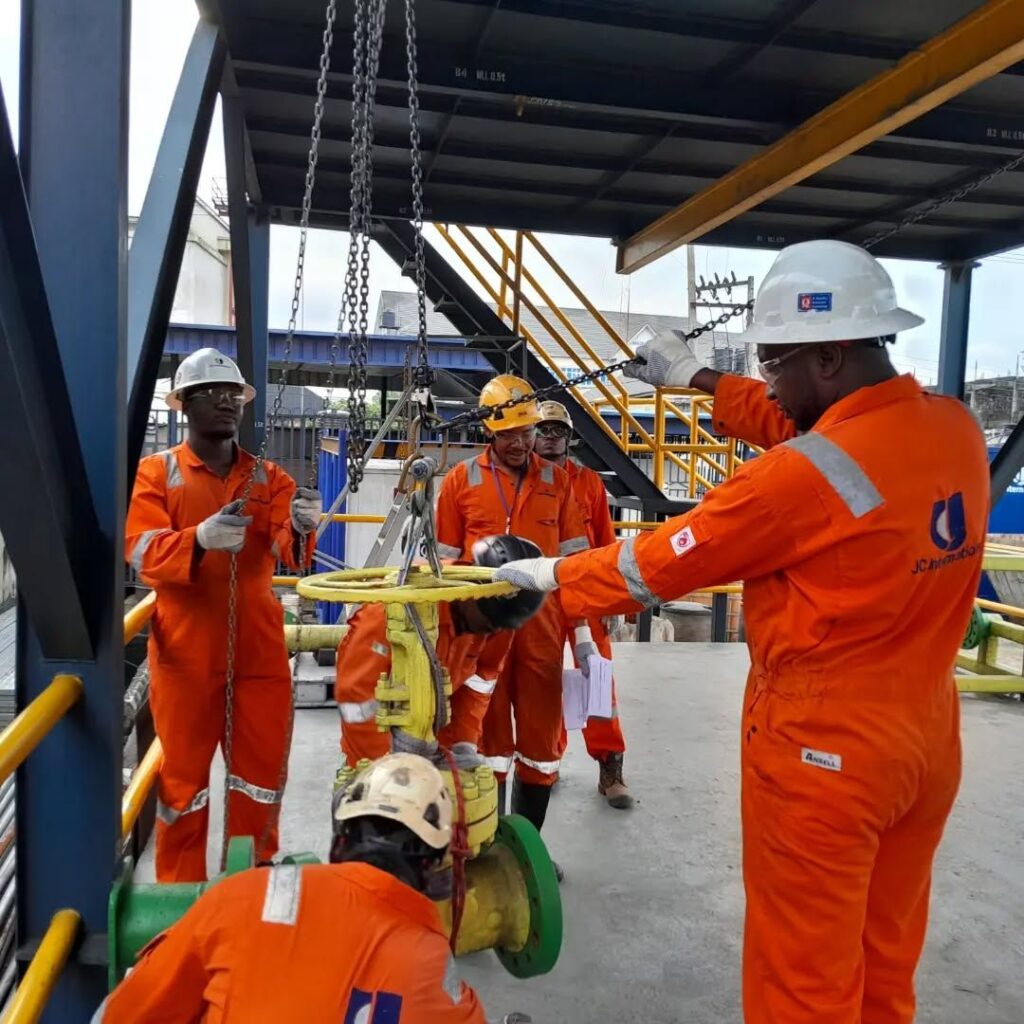
4. Overloading Rigging Equipment:
Exceeding the Working Load Limit (WLL) of rigging gear can lead to equipment failure, dropped loads, and serious injuries. Overloading weakens slings, shackles, and hooks, increasing the risk of catastrophic failure.
Prevention:
- Always check the WLL of rigging equipment before use.
- Use load indicators to ensure safe lifting limits.
- Conduct regular inspections to identify worn or damaged rigging gear.
5. Incorrect Sling Angles:
Sling angles directly impact lifting safety. A low sling angle increases tension, putting extra stress on slings and hardware, which can lead to failure.
Prevention:
- Follow the recommended sling angle guidelines (ideal angles should be between 45° and 60°).
- Use spreader bars or multi-leg slings to distribute the load properly.
- Train operators in correct sling positioning techniques.
6. Improper Storage of Rigging Equipment
Leaving rigging gear exposed to moisture, dirt, or extreme temperatures can cause corrosion, weakening the equipment over time. Poor storage leads to premature wear and unexpected failures.
Prevention:
- Store rigging equipment in dry, well-ventilated areas.
- Keep slings and chains off the ground to prevent rust and contamination.
- Implement a routine maintenance schedule.
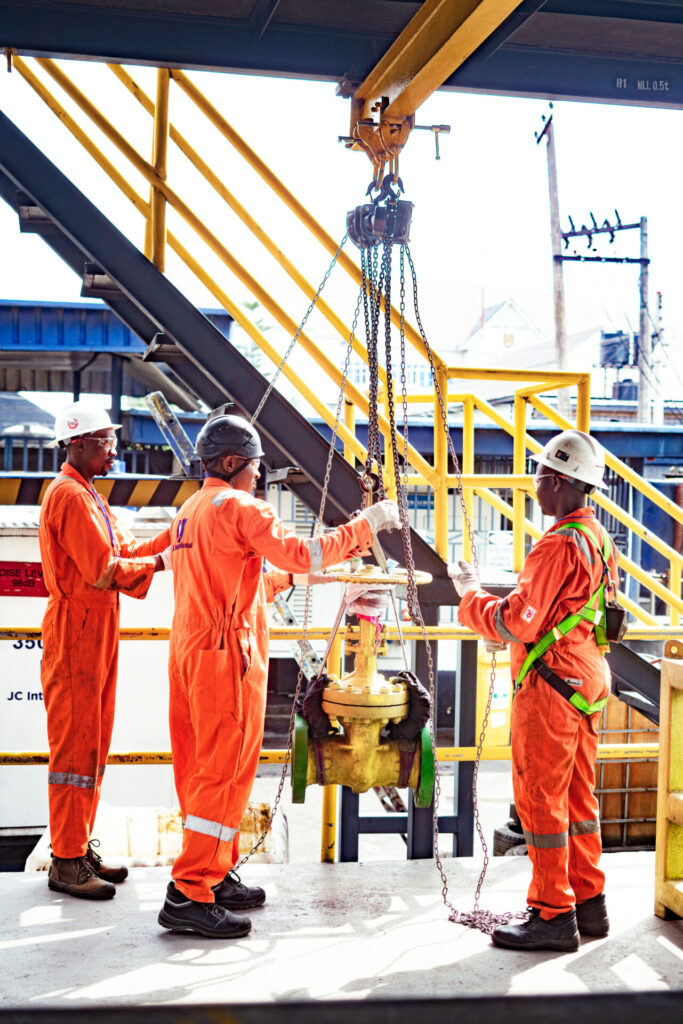
7. Electrical Hazard from Power Lines:
Accidental contact with power lines can lead to electrocution, severe injuries, or even fatalities. High-voltage currents can arc and travel through equipment, putting riggers at serious risk.
Conclusion
Rigging safety should never be overlooked. By understanding these common hazards and implementing preventive measures, organizations can minimize risks, protect workers, and maintain efficient lifting operations.
JC International offers comprehensive Rigger’s training in Nigeria. Investing in proper rigging training and certification such as LEEA, IADC Crane Rigger and OPITO Rigger, ensures that personnel are equipped with the knowledge and skills to handle rigging tasks safely.
Ready to take your rigging skills to the next level?
Register for our rigger training and learn how to prevent common rigging hazards, ensure safety, and boost workplace efficiency.


